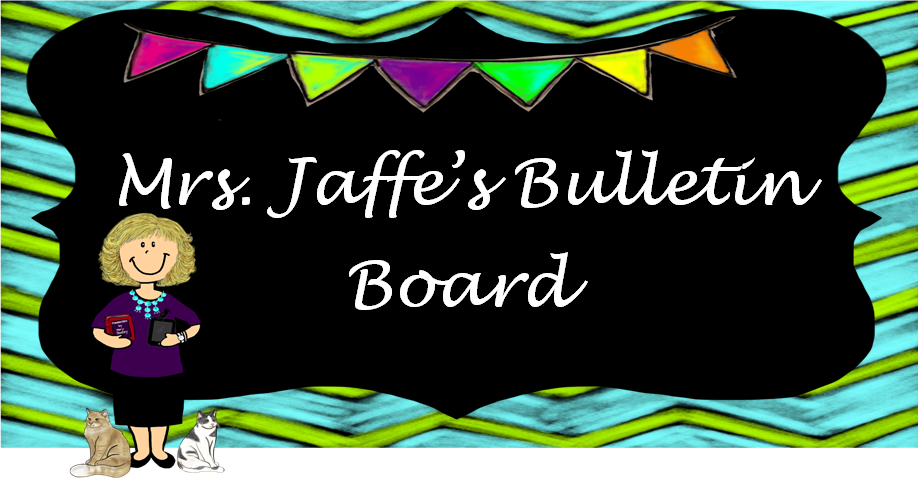How is Guy Montag like an oven?
- An oven is where things process; Montag is the "processor" of the rebellion (Allison R.).
- In the beginning of the book, Guy's feelings were cold, but he begins to heat up (Josh D.).
How is Mildred like a television?
- She speaks a lot of nonsense (Hannah R.).
- She talks at you, but she doesn't hear your response (Orly K.).
How is Faber like a book?
- He holds a lot of knowledge, and he is helpful (Chloe N.).
- He provides the foundation, but the rest is up to you (Lauren B.).
How is Clarisse like a mirror?
- She likes to reflect on her feelings (Ezra S.).
- She makes Guy reflect and see his true self (Zack L.).
- She can make others see who they really are (Haviva G.).
- She makes you want to improve yourself (Sammy C.).
- She is the opposite of the people in her society (Josh D.).




































